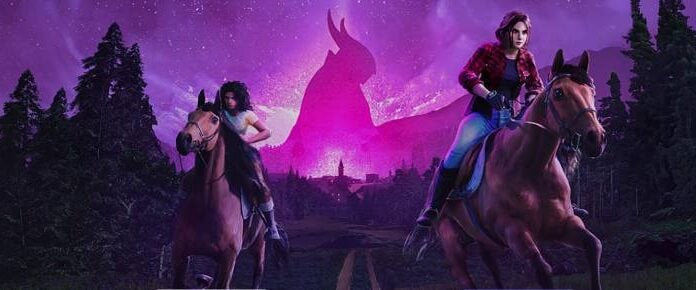
Most of us probably weren’t expecting to see Diablo II once again propelled into the spotlight in the year 2021, but the BlizzCon announcement of that classic game’s remaster had a whole lot of fans salivating at the thought of diving back into this action RPG.
For a game that came out two decades ago and only had a single expansion, Diablo II’s enjoyed a surprisingly long lifespan. A great deal of that is owed to the game’s masterful (and addictive!) design and Blizzard’s continued support, but there’s another aspect of Diablo II that’s helped to keep players engaged.
Today, we’re going to look at the online world of Diablo II — Blizzard’s first persistent world, of a sort, which predated World of Warcraft. What did it look like and how did it keep the community involved? Let’s take a peek!
A bold beginning
Let’s do a quick recap of the early days of this grimdark ARPG franchise. The original Diablo came out in 1997 and was a huge hit for Blizzard, racking up millions upon millions of box sales. A sequel was inevitable, and the creative team of David Brevik, Erich Shaefer, and Max Schaefer went on to work on Diablo II.
If anything, Diablo II was an even greater success than the original. Released in mid-2000, the game garnered critical praise, awards, and (most importantly for Blizzard), sales topping 4 million units in its first year. The title continued to be popular with fans, even cracking the top 20 best-selling PC titles of 2008. The same year that Wrath of the Lich King, Warhammer Online, and Fallout 3 came out, Diablo II was still kicking butt. That’s the kind of staying power we’re talking about.
The hack-and-slash RPG offered five playable classes, plus two that came with its 2001 expansion, Lord of Destruction. Players carved their way through a total of five sprawling acts while leveling their characters up, getting amazing gear, and even hiring NPCs to follow them around.
An online world
One of the features that set Diablo II apart from Diablo was the addition of always-online multiplayer. Through its Battle.net service, Blizzard could now offer the ability for up to eight players to meet up and go adventuring together. There were open realms that players could host on their own computers as well as Blizzard-run closed realms that it could guard against abuse and exploits.
It wasn’t a massively multiplayer world, but it was definitely a big step in the direction of operating always-online persistent worlds for the studio. Since there were XP and loot incentives to grouping, players took advantage of multiplayer to reap the rewards. The multiplayer system even offered PvP, corpse looting, and gold sharing.
The studio also implemented seasonal ladders in which players would start brand-new characters and compete against each other before the season came to a close. The first season started up in 2003, with regular seasons occuring thereafter. In fact, the game is currently in its 27th season, which started back in December of last year.
By offering this gameplay feature, Blizzard opened the doors for long-lasting communities to form and stick around. Player groups reveled in being able to enjoy their favorite game together and challenge themselves to even new heights of achievements.
The MMO conversion we never got
What’s even more fascinating is that apparently there was a lot of talk and pre-production done on a upgrade that would have taken Diablo II to the next level. Earlier this year, designer David Brevik confirmed that the second expansion was already in the works before he left Blizzard. However, this pack never left the design stage.
“I had a multi-page design doc going over new classes, new areas, new mechanics, and story concepts,” Brevik said. “That’s as far as it got.”
One of the features that was planned for this pack was guilds — a system that Blizzard originally wanted to have in the game but withdrew it prior to launch due to the amount of work needed for it. Diablo II guilds would even have had their own housing that could be expanded over time with the guild’s work.
Instead of going forward with the second expansion, Blizzard then turned its attention onto Diablo III. And it was with this game that Brevik and his team originally planned to bring the series into a full MMORPG setting.
Brevik gave us a glimpse of this alternate reality: “”I would have been very different from any Diablo. I think it was really interesting. We used a lot of the game-structure concepts for Marvel Heroes. It was an APRG+MMO. MMO in terms of many people playing at once, not like WoW. It was scrapped because most of [Blizzard North] left.”
 Believe it or not, MMOs did exist prior to World of Warcraft! Every two weeks, The Game Archaeologist looks back at classic online games and their history to learn a thing or two about where the industry came from… and where it might be heading.
Believe it or not, MMOs did exist prior to World of Warcraft! Every two weeks, The Game Archaeologist looks back at classic online games and their history to learn a thing or two about where the industry came from… and where it might be heading.
















